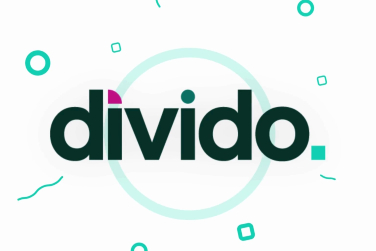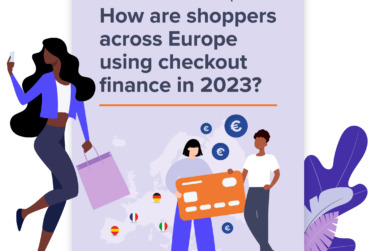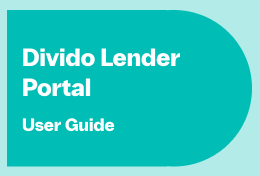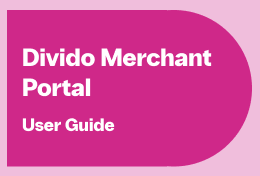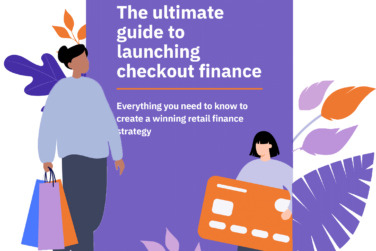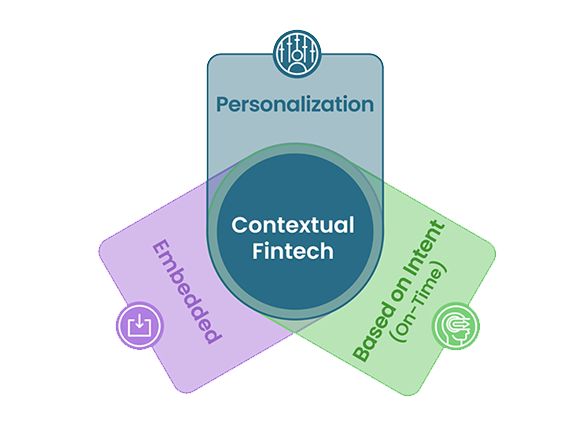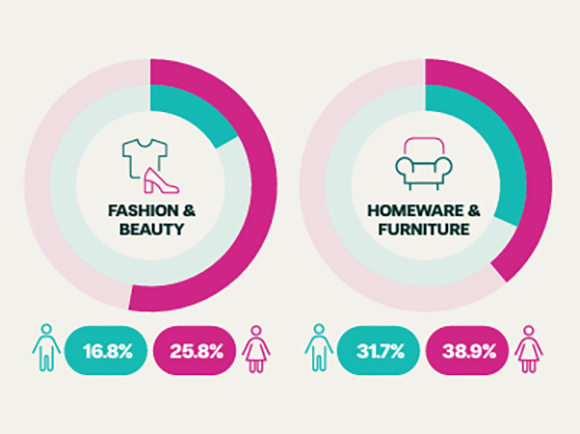What is Buy Now, Pay Later (BNPL) and what does it mean for Merchants?
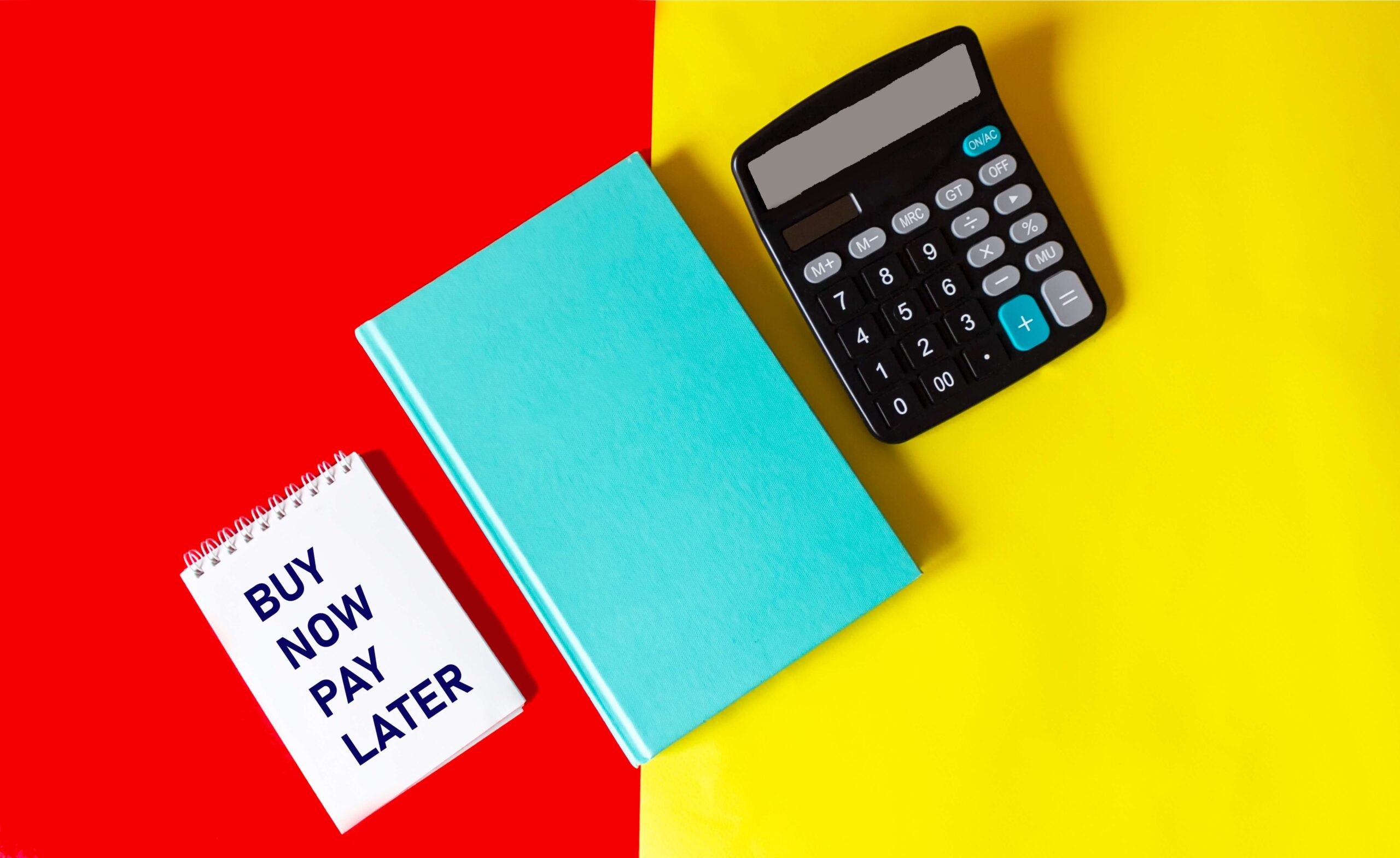
Buy Now, Pay Later (BNPL) is the name commonly given to a variety of short-term, interest-free loans offered by retailers at the point of purchase. Buy Now, Pay Later is also sometimes called Shop Now, Pay Later, 0% interest-free credit, checkout finance, retail finance or point-of-sale finance.
Buy Now, Pay Later has been around for as long as money itself. Even the Romans would arrange deferred payment agreements for large purchases, with the money paid back over months or years based on the yield of future harvests.
But it wasn’t until the 19th Century, with the rise of high-value products such as furniture, business equipment and motor vehicles that many retailers started to offer customers the chance to ‘buy now, pay later.’
These days, BNPL is more popular than ever. At Divido, our platform, which enables Short-term Interest-free Credit, has been around since 2014. However, BNPL really came to the fore during the COVID-19 pandemic, when millions of shoppers started to use it to pay for their online shopping.
With Buy Now, Pay Later, customers make their purchase there-and-then. They pay an initial deposit on the day, then pay the remaining balance off over the following months. So long as the repayment period remains short-term (usually between 3–9 months, but sometimes as long as 36 months), and assuming the customer doesn’t miss any repayments, they will never pay a penny more than the original cost – even if the cost of the item goes up.
What’s the difference between Buy Now, Pay Later and Retail Finance, Checkout Finance and Point-of-sale Finance?
They’re pretty much the same. The only real difference is that Retail Finance, Checkout Finance and Point-of-sale Finance may be used to refer to both Buy Now, Pay Later and Short-term Interest-free Credit collectively. For more information, let us direct you towards this article on the Divido blog.
What’s the difference between Buy Now, Pay Later (BNPL) and Short-term Interest-free Credit (STIFC)?
We’ve actually written about this before, but let’s summarise. Buy Now, Pay Later (BNPL) is a form of Short-term Interest-free Credit (STIFC), so in a way they are the same thing.
Merchants pay lenders a transaction fee, who loan the cost of the purchase to the consumer for their items and pay the merchant in full. But loans are provided by established financial institutions. Think Tier One banks and specialist consumer lenders.
Larger loans mean more stringent credit worthiness checks, but the characteristically seamless checkout experience is the same. As such, checkout finance is better suited to higher-value sectors. Luxury retail, home improvements, electric vehicles, healthcare and outdoor sporting equipment, to name a few.
All forms of STIFC are currently freely available in the UK (and other countries) because of a loophole in the 1974 Consumer Credit Act (CCA) that allows for the unregulated deferred payments of goods and services so long as the interest-free repayment window is ‘short-term.’
This loophole was originally introduced for invoicing, membership payments and to pay in instalments for high-value items, but retail finance providers realised they could also offer these payment terms for other forms of shopping.
When consumers started to switch to online shopping en-masse, ‘Buy Now, Pay Later’ providers and apps became very popular, especially during the COVID-19 pandemic.
But, the scale at which this unregulated credit was being provided caught the attention of the government who commissioned a review into the sector. This led to a consultation, in which the government defined two models of retail finance:
- Buy Now, Pay Later, a type of finance offered mainly for low-cost items, where the consumer borrows directly from the provider
- Short-term Interest-free Credit, which is typically offered for higher-cost items, where the consumer will usually borrow from a third-party financial institution such as a bank
Funnily enough, even though the government decided to define these two models as separate, they later said that any upcoming regulation in the sector will apply to both models. So, they’re slightly different, but treated as one in the same.
How does Buy Now, Pay Later work?
It’s important to say that Buy Now, Pay Later is currently in the process of a huge change. The government’s new regulations aim to ensure consumers are conscious of the fact that BNPL is a real loan agreement, which is why they are tightening the rules around communication and information sharing with credit reference agencies.
However, for the meantime, this is what a typical step-by-step will look like from a consumer’s perspective:
- A retailer can offer Buy Now, Pay Later (BNPL) at the checkout. If the consumer would like to split the cost of their purchase, they can apply there-and-then, either online or in-store.
- The consumer now has two choices. First, how much of a deposit they would like to put down. Second, how much they would like to pay back each month moving forward. So long as the consumer pays everything back within the agreed term, they won’t need to pay any interest or additional fees.
- The retailer then passes the consumer over to a lender’s portal where they can complete their application. This involves a soft credit check, so the customer will need to submit information such as their address history, their employment and bank details. When regulation kicks in, this credit check will be more substantial.
- If the consumer is accepted for credit, they will sign a Direct Debit agreement. The repayments for their loan will be taken each month from their account.
- With the process complete, the consumer will receive their purchase, either at the till or through the post. They will later start paying back their loan.
It is a fairly simple process that usually takes no more than 10 minutes.
Normally, the consumer will not need to pay any interest or extra fees to use BNPL. However, if a consumer misses a repayment or defaults on their loan, they may need to pay a penalty fee. They may also receive a negative mark on their credit file.
What can you use Buy Now, Pay Later to purchase?
It all depends on the retailer and the lender, and whether they are comfortable offering Buy Now, Pay Later (BNPL).
Some retailers are happy to offer BNPL for almost any type of purchase. Others will set a minimum price or refuse to offer BNPL for certain types of items. High-value items are usually more appropriate to finance through BNPL, so you’ll often see it offered for things like clothing, furniture, electronics, appliances and jewellery.
There is a question over whether offering BNPL to purchase essentials like food, energy and petrol is ethically acceptable – since it is a form of debt, the last thing any retailer or lender wants is to cause their consumers financial difficulty if they can’t meet the cost of their repayments.
It also depends on the consumer and whether they have a strong enough credit history. If a consumer has bad credit, they may be turned down. Then again, some BNPL providers have set a very low bar for credit referencing, which has allowed consumers with poor credit history access to retail finance where they would have ordinarily not been approved. This will all need to change when new government regulation arrives in 2023.
What roles do the merchant, lender and platform provider play?
In the above scenario, there are three key roles. Here are what each one means when it comes to providing Buy Now, Pay Later (BNPL):
- The merchant or retailer is the shop or business that offers BNPL as a payment option. They typically work with a platform provider to offer BNPL at their checkout, so that consumers see an option to Buy Now, Pay Later as they are completing their shopping. The merchant usually pays to host the platform on their checkout – either through a subscription fee, a flat fee or a percentage value of the transaction. But they will have nothing to do with the loan itself.
- When a consumer chooses to Buy Now, Pay Later, they will be passed from the merchant to the platform provider. The platform provider securely gathers the consumer’s details – information such as address history, employment details, proof of ID and so on. The platform is sometimes provided by the lender directly – in other words, the platform provider may lend the consumer money directly from their own purse – or the platform may connect the consumer with a third-party lender.
- The lender then underwrites the loan. They will perform a credit check to make sure the consumer is who they say they are and that they are eligible to take out a loan. They will present the documentation that the consumer must sign to agree to the loan. If the loan is approved, the lender will pay the merchant the outstanding balance of the transaction, then start to collect repayments from the consumer. Since the lender doesn’t make any money from the consumer, they will usually take a fee directly from the merchant.
But how, you ask, does the merchant make money in that equation? Well, the simple answer is: they don’t!
In fact, strictly speaking, a retailer loses money when a consumer purchases through Buy Now, Pay Later. But the pay-off to the merchant is that they will benefit from:
- Larger basket sizes
- Lower rates of basket abandonment
- More repeat business
In other words, the merchant treats Buy Now, Pay Later sort of like a marketing exercise. They will make more money in the long-run through bigger, more regular purchases made from their store. So, in the end, it all works out for every party involved.
What are the benefits of Buy Now, Pay Later for consumers?
Increased purchasing power
BNPL programs allow consumers to make larger purchases than they would be able to afford upfront. A fraction of the total cost is paid as a deposit (though deposits are not always required) and the rest of the cost is spread over time. The customer has more cash available in the short-term, which they can spend on more items or more expensive goods.
Good for those with a thin credit history
Accessing traditional forms of finance like loans and credit cards can be challenging for young consumers, who often have little to no credit history. Buy Now, Pay Later loans are small and credit checking is therefore more relaxed, giving consumers with a bad or thin credit history access to credit they may be refused elsewhere.
Credit where it’s needed
BNPL can also be found exactly where consumers need it – the point of sale. No need to spend days or weeks waiting for approval to come through the post, credit is accessed and approved at the retailer’s checkout at the time of the transaction.
Flexibility
Deposits, repayment periods, and the ability to manage one’s finances at little to no cost at all make BNPL an incredibly useful tool. In fact, in a recent survey by Divido, 58% of consumers said they felt BNPL could help them to better manage their own finances.
Zero interest and fees
Most BNPL programs offer interest-free financing or no fees if payments are made on time. Some even go as far as penalty-free late payments on loans.
What are the benefits of Buy Now, Pay Later for merchants?
Increased conversions
Let’s say a customer is in the market for a pair of trainers. They want to spend £70 and right now they have £50 saved up. They start browsing, looking for something they could buy once they have the extra £20. They go onto your website, see the trainers they want, and notice that BNPL is available. Since they can spread the cost of a £70 pair into three interest-free instalments, and only pay £23 today, they make a decision to purchase them there-and-then. Voila. You have just turned a browser to a shopper with a little help from BNPL.
Reduction in cart abandonment
70% of carts are abandoned in online shopping, sometimes due to a poor user experience, other times because customers second-guess their decision. It’s one of the biggest pain points for online retailers. BNPL can reduces cart abandonment rates – in fact, 50% of consumers agreed they would be more likely to complete their purchase if they knew finance was available.
Better customer experience
Happy customers become brand advocates. Give them a great experience, and they will tell their friends, return to your store, follow you on social media and write good reviews about you online. BNPL improves your customer experience, helping you to build brand advocacy, and potentially gaining you new customers for life.
Bigger baskets
Budgets go further, so consumers can afford to add the matching footstool to their new sofa, or a pair of headphones with their laptop purchase. The reduced upfront cost gives more purchasing power, which leads to bigger baskets. In our survey, 54% of customers agreed they would be more likely to spend more if they knew BNPL was a payment option.
Access to new customers
Reducing the upfront cost of your items makes them more accessible to individuals on lower incomes. A £200 chair is out of reach to most people, but three instalments of £66 is less so. Instalment payments means more customers can buy your items, which means you’ve got a whole pool of customers to sell your products to.
Competitive advantage
Our own research suggests 76% of large UK merchants have already implemented some form of checkout finance programme, be that Buy Now, Pay Later or another retail finance product. This gives them a distinct competitive advantage over those who don’t offer it, for all of the reasons we’ve listed above.
Improved cash flow
Biggest baskets, greater transaction volumes, more sales… Whichever way you spin it, Buy Now, Pay Later brings in more money for merchants. And because they’re paid in-full by the lender at the time of purchase, that translates to more money, better cash-flow, and a stronger business.
You might also
be interested in
Keen to know more?
